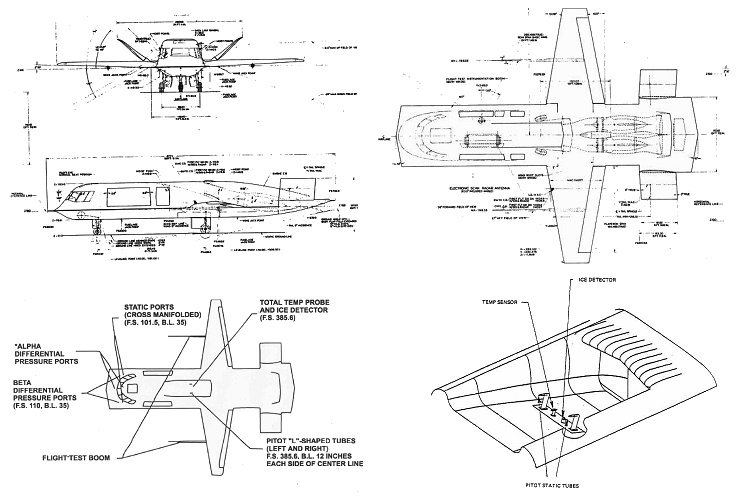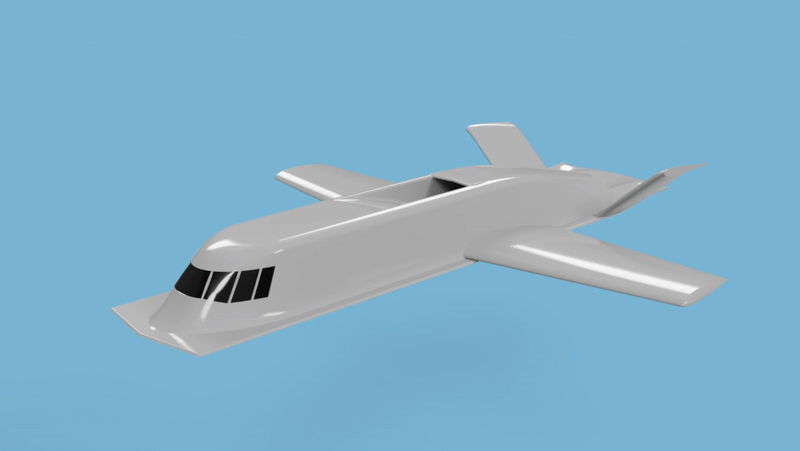Scott Kenny
ACCESS: USAP
- Joined
- 15 May 2023
- Messages
- 11,427
- Reaction score
- 13,935
Wrong group of people wondering where the data came from. You're thinking Russians, the Tacit Blue program people were thinking Americans.Actually it had one of the first LPI radars for exactly this











